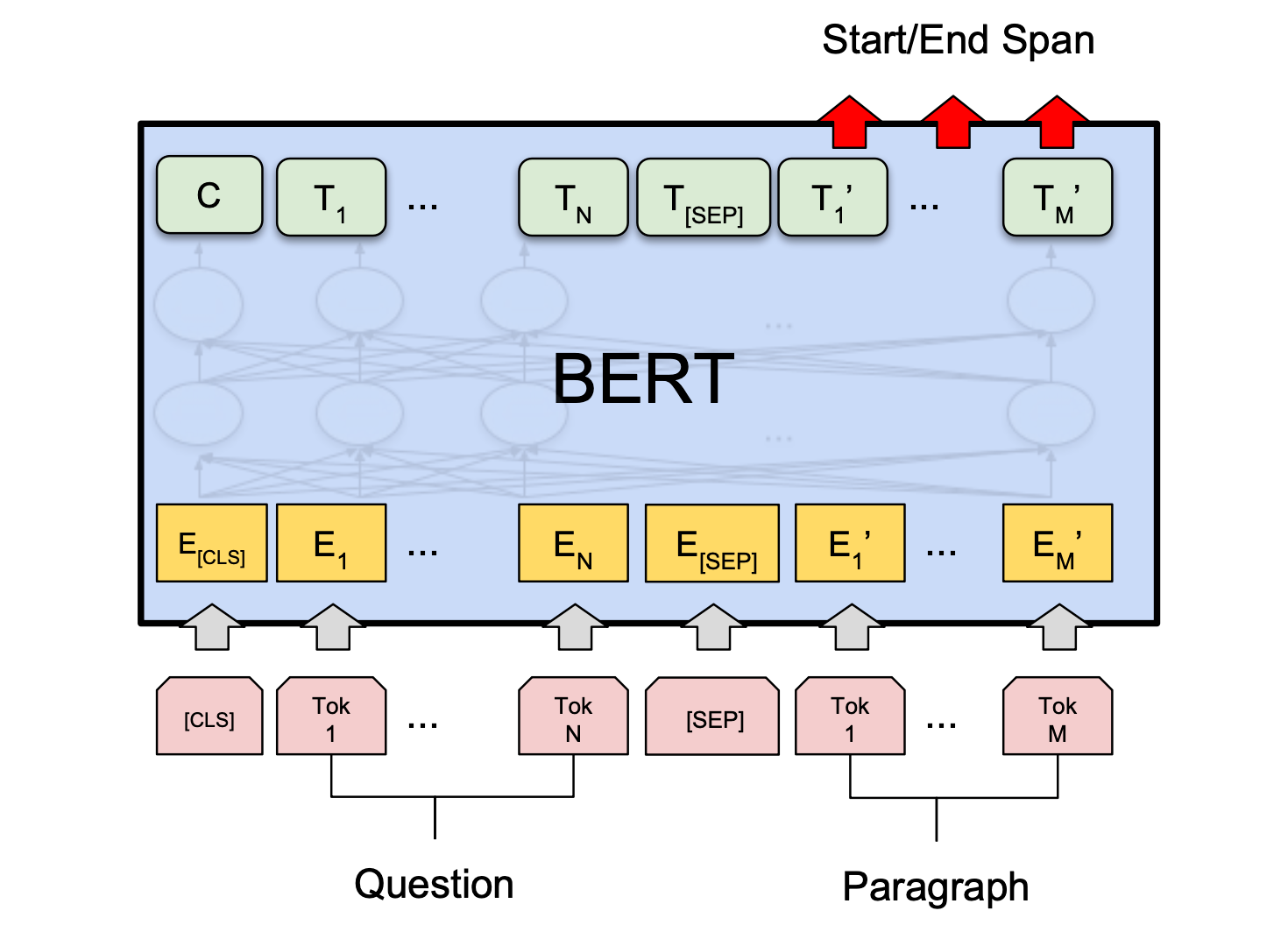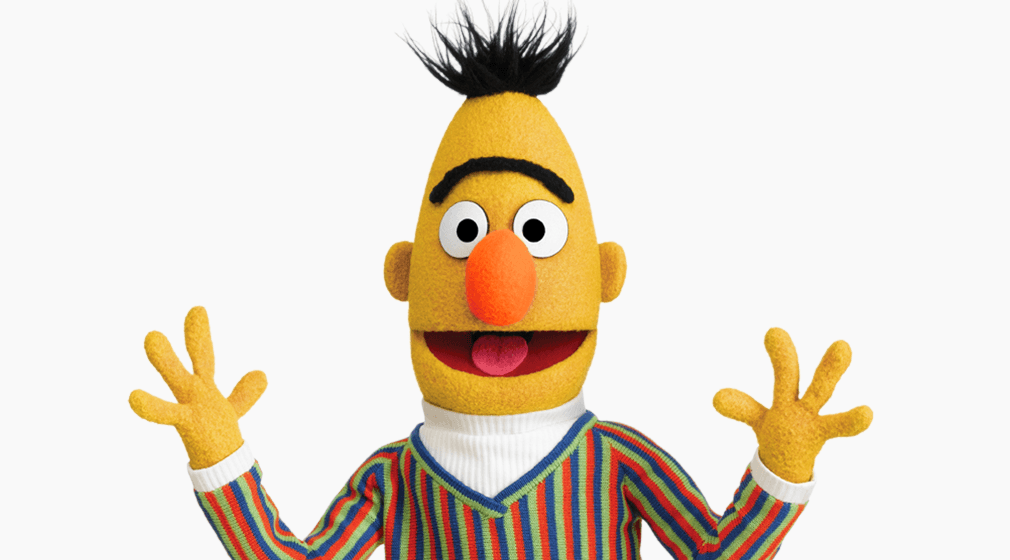The main idea is that by. Instead of reading sentences in just one direction, it reads them both ways, making sense of context more accurately. We introduce a new language representation model called bert, which stands for bidirectional encoder representations from transformers
- Male Cherokee Indian Names
- Agent Birthday
- Professional Softball Team Names
- Jj Watt Wife
- Ponytail French Braid
A Light Introduction to BERT. Pre-training of Deep Bidirectional… | by
In the following, we’ll explore bert models from the ground up — understanding what they are, how they work, and most importantly, how to use them practically in your projects.
Instead of reading sentences in just one direction, it reads them both ways, making sense of context more.
Bert is a deep learning language model designed to improve the efficiency of natural language processing (nlp) tasks It is famous for its ability to consider context by. Bert stands for b idirectional e ncoder r epresentations from t ransformers Bidirectional encoder representations from transformers (bert) is a language model introduced in october 2018 by researchers at google
[1][2] it learns to represent text as a sequence of.

![BERT Explained: SOTA Language Model For NLP [Updated]](https://www.labellerr.com/blog/content/images/2023/05/bert.webp)

